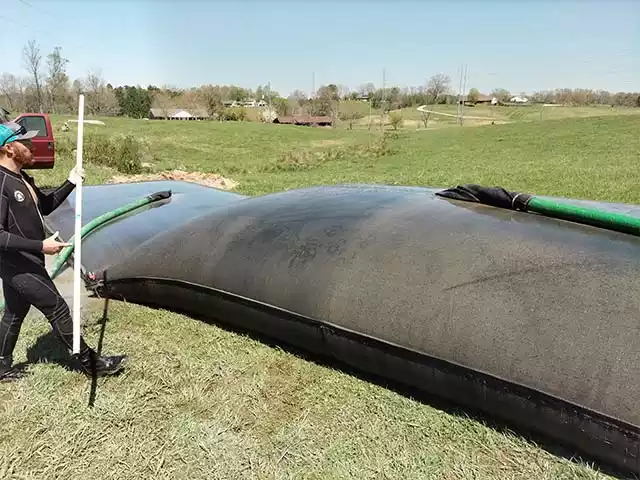Geotube also known as geotextile tubes, are engineered structures designed to combat shoreline erosion effectively. Ideal for applications along coastlines, beachfronts, cliffs, and shores, geotubes serve as a first line of defense against the damaging effects of storms, tides, and constant wave exposure.
Breakwater Geotube Benefits
Breakwater geotubes are fabricated from advanced woven and composite geotextiles, purpose-built to protect coastlines from wave impact, storm surge, and tidal erosion. These systems deliver durability, structural integrity, and flexible application across a variety of coastal conditions.
- Manufactured with engineered fabrics for superior strength and permeability
- Economical and low-maintenance alternative to traditional seawalls or rock revetments
- Designed for flexibility in installation across beaches, dykes, revetments, and groynes
- Scalable solution for both temporary and long-term coastal defense projects


